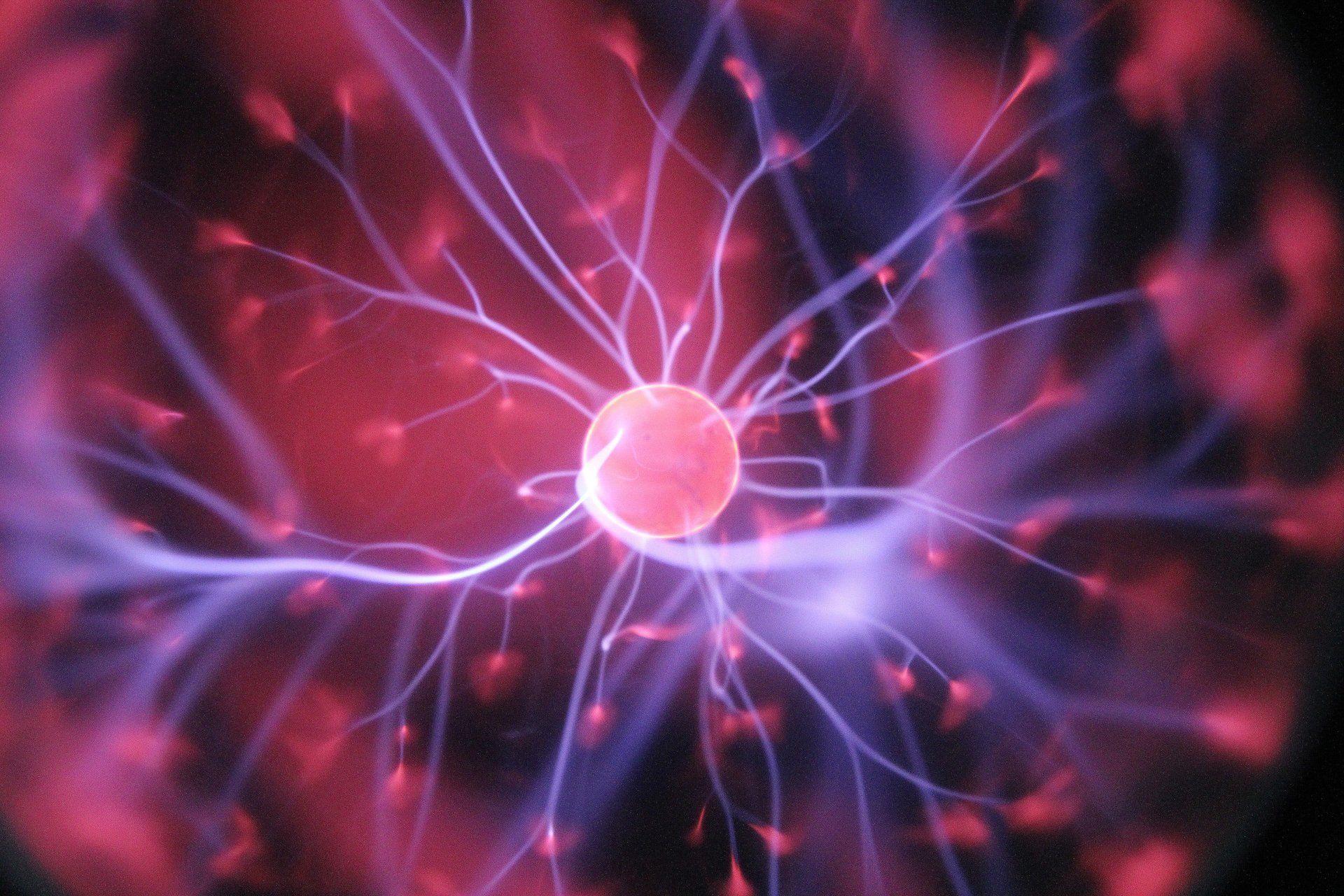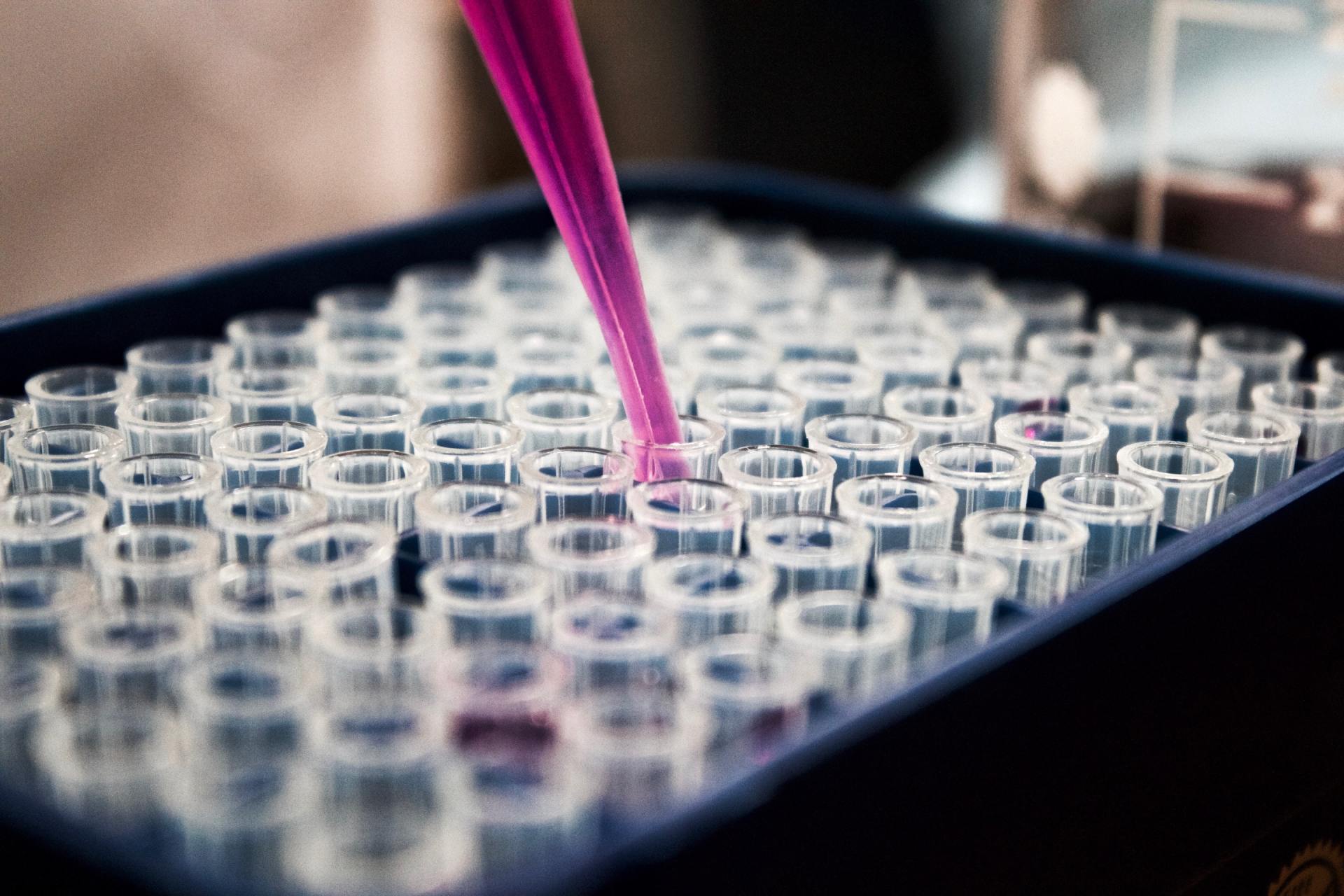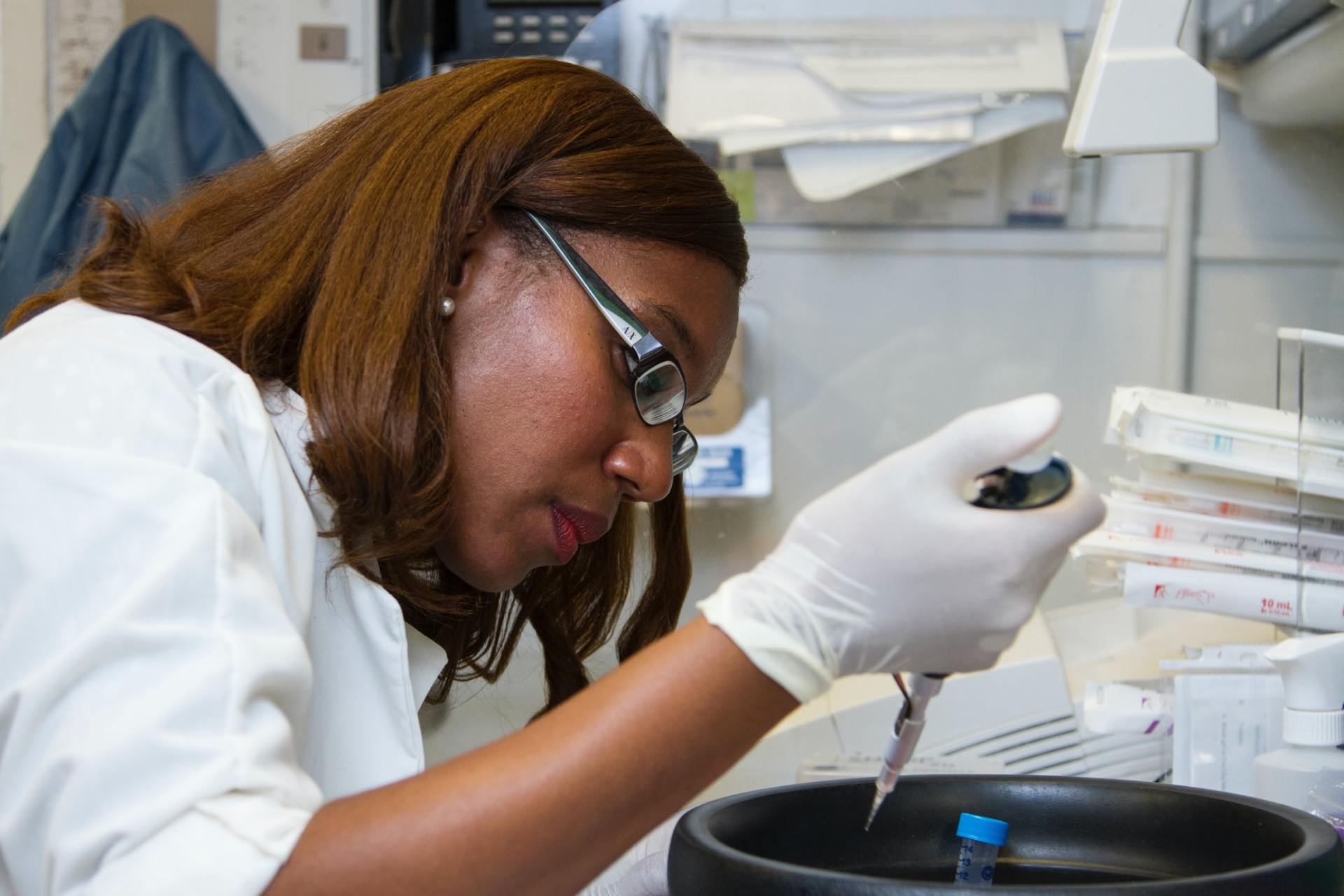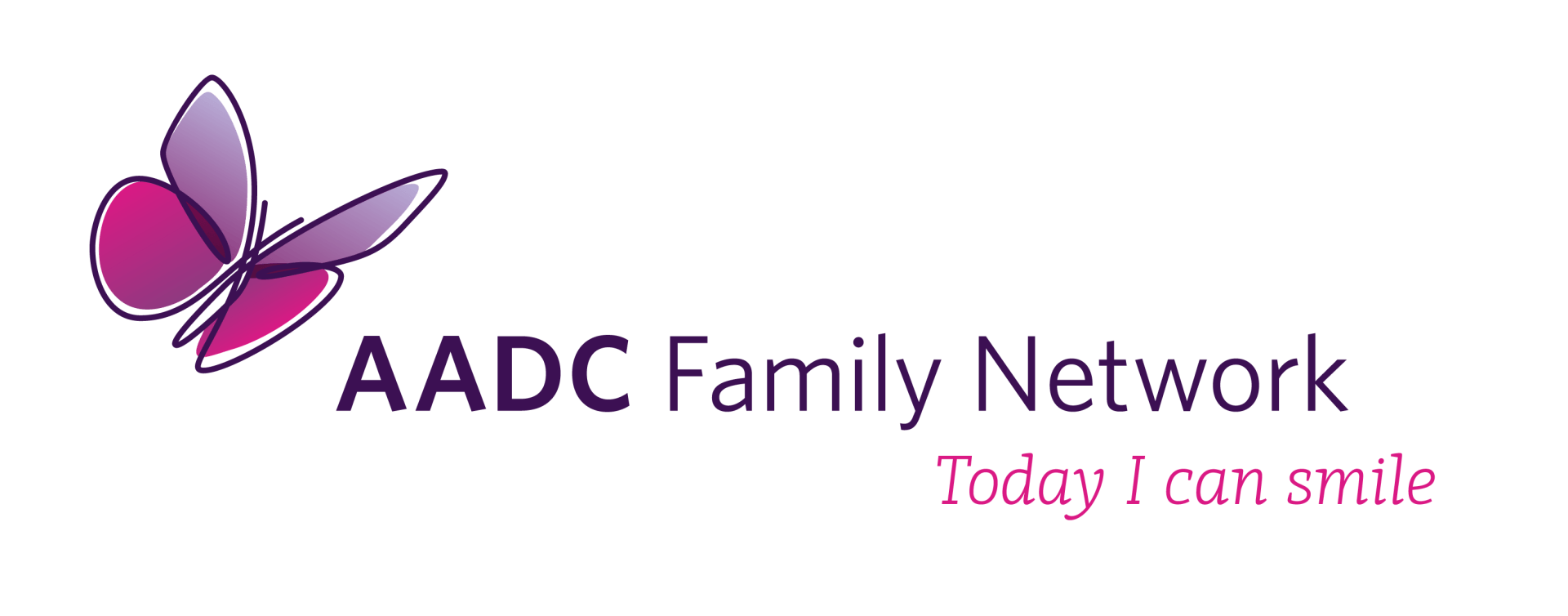Disorder Description
Neurotransmitters: the naturally occurring chemical substances in the brain which are used to transfer messages between different brain cells.
AADC is an essential enzyme, which is involved in the decarboxylation of the aromatic amino acids L-dopa and 5-hydroxytryptophan. This enzyme forms the neurotransmitters dopamine and serotonin, and when the enzyme is defective, the passage and signaling of two of the brain's main neurotransmitters needed for daily living is disrupted.
Dopamine can be further converted into the neurotransmitters of norepinephrine (non-adrenaline) and epinephrine (adrenaline), which are also deficient in the central nervous system and periphery in this disorder.
Location
While we are based in Massachusetts, we gladly assist families suffering from AADC all across the United States!







